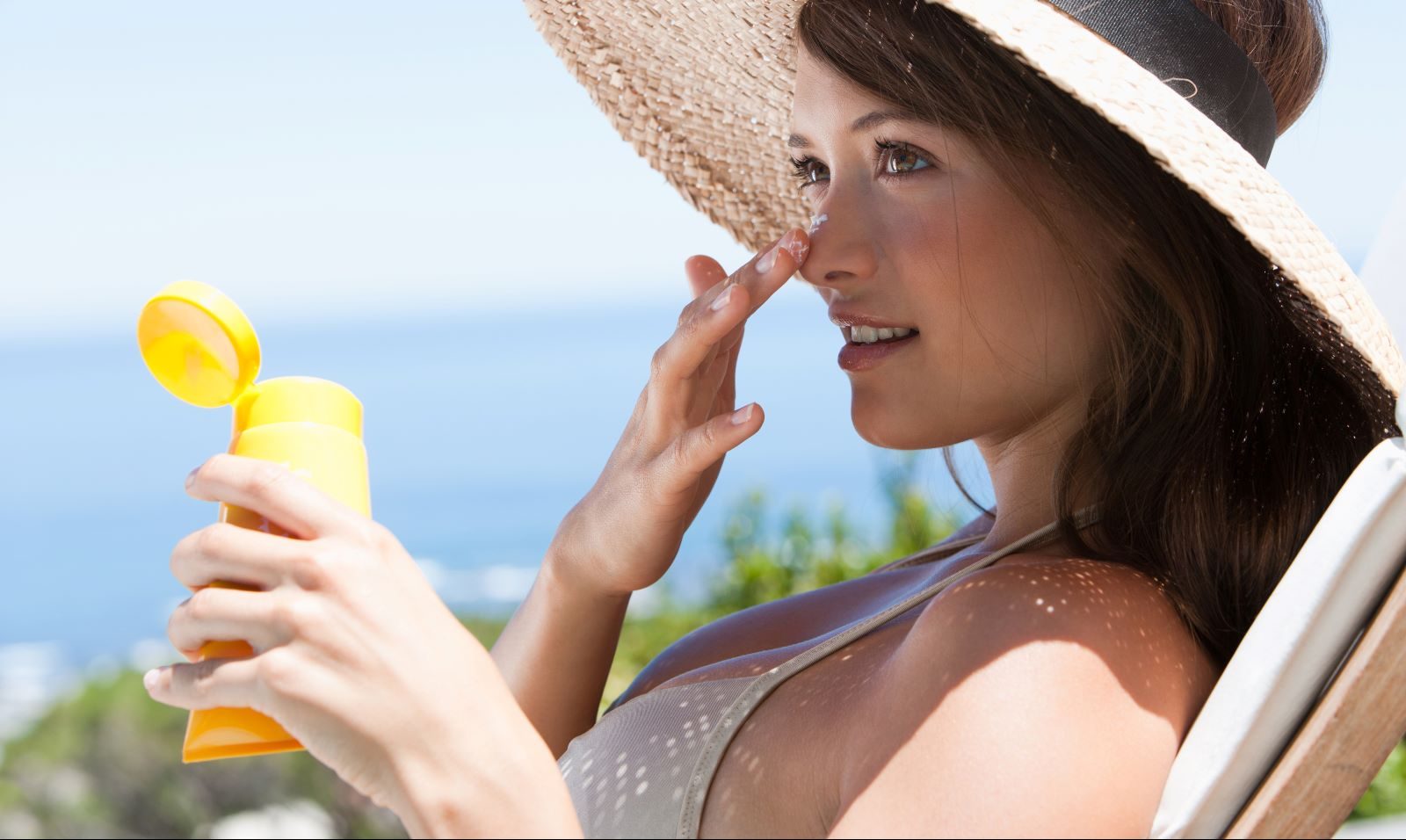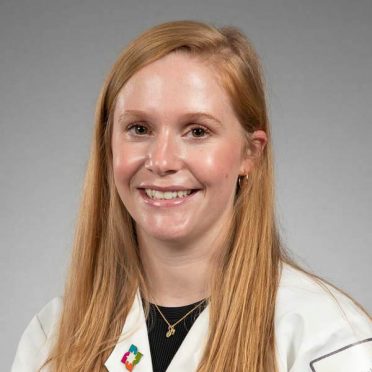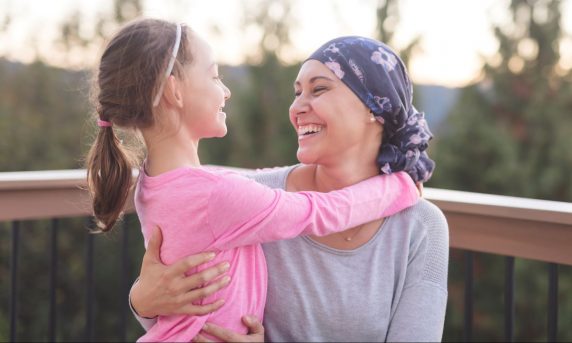Although warm weather brings an opportunity to enjoy spending time outside, it also brings with it the dangers of the sun’s powerful rays – primarily, skin cancer.
May is Melanoma and Skin Cancer Awareness Month, a time to educate people on what they can do to prevent skin cancer as they begin to enjoy the outdoors and year-round.
“Skin cancer is the most common cancer in the United States,” said Dean David George, MD, medical director of cutaneous oncology at the Hartford HealthCare Cancer Institute at Hartford Hospital and St. Vincent’s Medical Center in Bridgeport. “Melanoma only accounts for about one percent of skin cancers, but it results in the majority of all deaths. The key is prevention and early detection.”
There are many ways to protect your skin from the sun without having to stay indoors. Emily Shaughnessy, MD, a dermatologist with Hartford HealthCare Medical Group in Farmington and Avon, shared some practical tips to help you and your family enjoy the sun safely, and what to do if you have a suspicious lesion:
Daily use of a broad spectrum SPF 30 on the face, neck and back of the hands can help prevent premature aging and skin cancers. “Try and make it part of your daily routine,” Dr. Shaughnessy said, “Even on cloudy days.”
When it comes to sunscreen lotions or sprays, lotions are better as we often do not apply enough sunscreen while using a spray. To cover the whole body adequately, you need two tablespoons of sunscreen. “Remember that you need to reapply sunscreen at least every two hours, or every 80 minutes when swimming,” Shaughnessy said.
When buying sunscreen, the two most important things to look for are broad spectrum, which indicates the protection against UVA and UVB rays, and the SPF rating. “Typically, we recommend SPF 30+, but the higher the SPF the better the protection,” Dr. Shaughnessy said. There are two types of sunscreens, chemical blocking and physical blocking. Dr. Shaughnessy recommends using whatever type you prefer.
“Try to avoid the sun during peak hours of the day, between 10 a.m. and 3 p.m. If the sun is unavoidable, consider wearing a wide brim hat to help protect the face and neck, and sunglasses with UV filters can help protect the eyes against harmful UV rays,” Dr. Shaughnessy said.
Sun protective clothing is another excellent option for protecting your skin. Rated as UPF instead of SPF, look for sun hats, tops and pants with a UPF of 50+.
Even if you take these precautions, it is a good idea to inspect your skin every couple of months. The most important warning sign of melanoma is a new spot on the skin or a spot that’s changing in size, shape, or color.
Dr. George likes to share the ABCDE rule with his patients during visits:
- A is for Asymmetry where one half of the spot is unlike the other half.
- B is for Border where the spot has an irregular, scalloped, or poorly defined border.
- C is for Color where the spot has varying colors from one area to the next, shades of tan, brown, black, and even red, white, or blue can be seen.
- D is for Diameter, anything bigger than a pencil eraser or roughly 6 mm in size.
- E is for Evolving where the spot is changing in size, shape, or color.
“If you notice any new spots on your skin, spots that are different from others or spots that are changing, itching or bleeding, make an appointment to see a board-certified dermatologist as soon as possible,” said Dr. George.
Early-stage skin cancers, including melanoma, can sometimes be treated with surgery alone, but more advanced cancers may require a combination of other treatments, which can include targeted therapy, immunotherapy, chemotherapy, radiation therapy or other advanced treatments.
“When it comes to skin cancer, an ounce of prevention really is worth a pound of cure,” said Dr. George, who added that prevention should be a year-round focus, not just in the spring or summer. He added that people should avoid tanning beds and sun lamps at all costs. Using tanning beds before age 35 can increase your chances of developing melanoma by 59 percent, and the risk increases with each use.




